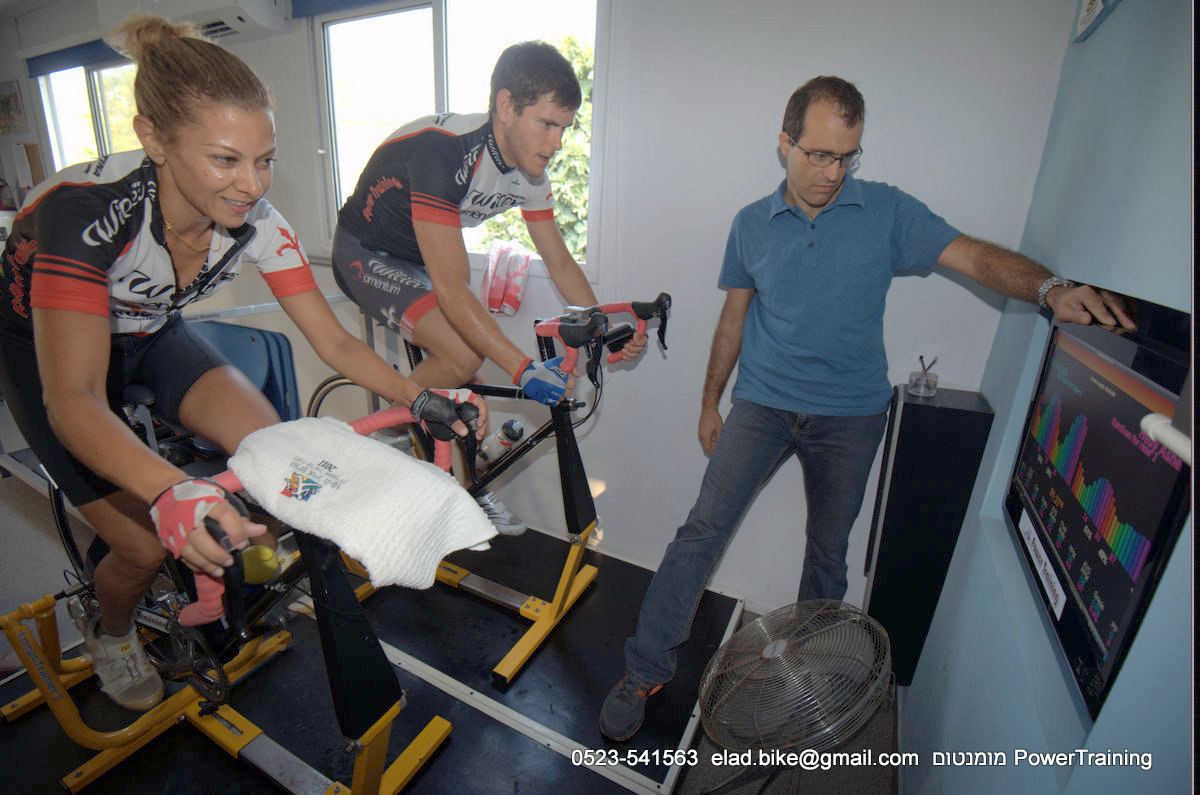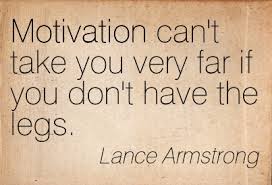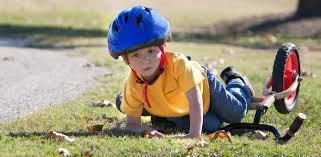I generally shy away from dealing with the mental aspects of my athletes with respect to their level of performance during a training session. Why?
1. I am not a qualified sports psychologist.
2. Most of my athletes are Age Groupers and not professionals (as are most of the coaches in the world).
3. Most importantly, is the athlete ready to deal with his mental issue? (I admit the use of the word “mental issue” or “mental state” is a bit harsh, but we all know what I mean.
Should a training plan really justify the use of psychological help?
On the other hand, what I am doing (or trying to do) is create a training plan which will help the athlete breakthrough his mental limitations.
I have Four Principles that I use for the plans.
1. Control versus Chaos
2. Balance and Symmetry
3. Consistency
4. Positivity (fun)
I do not want to rehash the Principles here in this article. (You are welcome to search the website and read about PowerTraining Philosophy and principles).
Many times I see intervals done incorrectly.
For example, an Intensity Workout might consist of a Bike segment of:
(5 minutes at 300 watts) X 5 rounds and a 2.5 minute recovery after every interval.
(It could be similarly used in a running or swimming workout).
Frequently athletes cannot control the rhythm and breakdown and must stop after 4 minutes with an average wattage output of 320. (Actually 20 more watts than they needed to use for five minutes).
The problem is that the athlete is not doing the workout correctly, and is actually performing a completely different workout than the one prescribed.
What are the responses I hear from the athlete when I draw his attention to this?
1. “But I am not a professional!” So what? Does that mean that he does not want to improve?
2. “But at the beginning I felt great so I pushed it even more!”
Why? I ask. Is someone chasing you in training? Are you in a race here or are you in training?
All coaches should listen carefully when an athlete uses the word “but” (a very important and powerful word in communication).
3. “But he was before ME, so I had to catch him”. Are you racing against him here in training? For what purpose?
All the excuses are stated to explain away the athlete’s inability to control the proper pace, incorrect rhythm and lack of control. Where do these errors come from? Generally there are three factors.
1. Technical and coordination aspects such as choosing the wrong gears and expending too much energy which results in fatigue and having to stop before the interval is over.
2. The inability to control the speed or the right rhythm may also be influenced by other variables such as terrain (uphill/downhill) wind, temperature, etc.
3. Lack of focus and concentration (usually things unrelated directly to the actual training). Lack of focus and concentration may stem from issues like:
A. Mental pressure (general or specific)
B. Wrong diet
C. Lack of Recovery, i.e., lack of sleep or over trained in general
All of the above excuses (1 -3) can be improved and optimized by proper training, with the exception of 3A – the Mental aspect. This area is amorphous and unclear and therefore, it is sometimes better not mess with, especially those athletes who are not ordained and certainly those who do not want help with it.
All the excuses are really explanations for the athlete’s inability to maintain proper pace correct rhythm due to a lack of control.
What we can do is control or “refine” our mental state by using training tools and other principles like control, chaos, learning rhythm and balance in a similar way that psychologists do in sports working within the athletes limitations.
Psychological pressure (General and Specific)
Mental pressure can be categorized into general and specific subcategories.
1. General includes everyday pressures such as family, society, boss, work etc.
2. Specific includes all kinds of heavy memories and meanings, both good and bad, that affect one throughout one’s life.
In earlier example of the interval of five minutes at 300 watts (see above) which was performed numerous times, the lesson was about controlling rhythm during the interval and maintaining proper intensity. The other lesson that should be gleaned from that example is to know when to stop. When performance goes down significantly from the previous interval, often there is a tendency to use your will to continue or think “I will do this interval no matter what the cost”.
Yes, maybe it is good for a “motivator” type of coach or a coach on a reality show, however, in real training with a purposeful goal, it is important to know that when one fails to make the interval, and continues with the “head in the wall” mentality, that the training changes and can no longer achieve the training aspects (both physical and mental) that were designed as part of the program.
Physically, the athlete is now using different energy systems and mentally, the experience ends with a sense of failure and an “I am not good enough” mind set.
So what is the solution?
1. Know when to stop (out of strength and responsibility and not out of fear of being or looking weak.
2. Make the training better next time by improving and streamlining all the other principles discussed above (1–3, except mental).
The difference between good athletes and great athletes is the ability to maintain balance and control at higher intensities regardless of physiological fitness levels.
In Power Training, we are not going to make you a world champion in 3 to 5 months.
We are going to teach you the methods to help bring you closer to your full potential. It does not matter how much power you have, it matters how you use the power you have effectively and correctly.
A good old school definition of this is “to know how to die on the bike” or “racing is a state of mind”. Great athletes know how to give 200% of their effort at any given moment. They can go until they crash and then they stop at once, recover fully until they are able to give 200% for the next effort. No less than 200%. An athlete can do so only after he has learned to control the pace of his game or to shatter the breakwater – and no one gets a medal for that.
“You have got to let go Neo. Fear, doubt and disbelief. Free your mind”.
Morpheus tries to teach Neo to perform the “impossible”.
Neo failed. “What does that mean”?
“….Does not mean anything, everyone fails the first jump”
No Control – THIS IS NOT COOL
Like Three Little Fonzies – “Pulp Fiction” –
No Control – THIS IS NOT COOL
The difference between pros and amateurs is seen especially when all are under pressure. BE COOL YOLANDA
It does not matter how strong you are or even how much experience you have; in order to realize your true potential, you must be COOL = to know to be in control.
Like the video – the difference between the amateur robbers and the cold blooded contract killers is highlighted.
The difference between pros and amateurs is seen especially when stress and pressure are introduced.
Mr COOL







